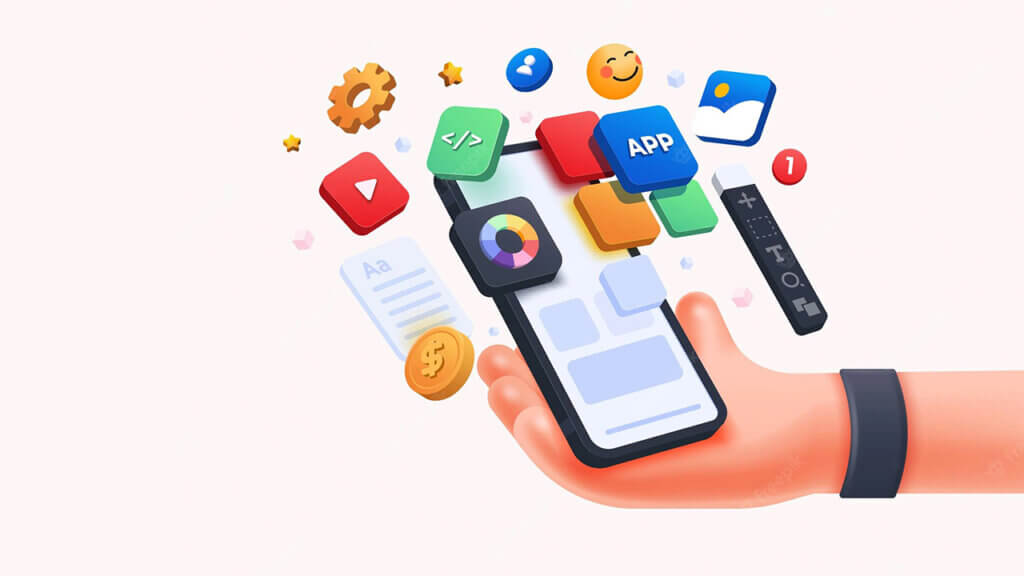What Operating Systems and Devices Should My Mobile App Target?
In the fast-paced world of mobile app development, one of the critical decisions app creators face is determining which operating systems and devices to target. With a myriad of options available, it’s essential to make informed choices that maximise your app’s reach without sacrificing functionality or user experience. In this article, we’ll delve into the considerations for targeting operating systems and devices, focusing on iOS and Android platforms.
iOS Targeting: Apple’s iOS ecosystem is known for its uniformity, making it relatively straightforward to target specific versions and devices. However, with each new iOS release, older devices may become obsolete in terms of compatibility. Here’s a recommended approach for iOS targeting:
iOS Versions: Targeting iOS 12 and above ensures compatibility with a significant portion of iOS users while still supporting older devices. iOS 12, released in September 2018, maintains a substantial user base due to its stability and performance improvements.
iOS Devices: Targeting iPhone 6s and newer models strikes a balance between compatibility and functionality. The iPhone 6s, introduced in 2015, remains a popular choice among users, offering a broader reach without compromising modern features.

Android Targeting: The Android platform presents a more diverse landscape, with numerous manufacturers and versions in circulation. To optimise your app’s compatibility and performance on Android devices, consider the following recommendations:
Android Versions: Targeting Android 7.0 (Nougat) and above provides compatibility with a sizable portion of the Android user base while incorporating essential features and optimisations. Android 7.0, released in August 2016, maintains relevance among users who haven’t upgraded to newer versions.
Android Devices: Selecting popular models such as Samsung Galaxy S7 and above, Google Pixel, and OnePlus 3 and above ensures broad compatibility without compromising performance. These devices cover a range of users across different price points and preferences.
Tablet Targeting: While smartphones dominate the mobile landscape, tablets remain a viable market segment, particularly for certain app categories. Here’s how you can approach targeting tablets:
iOS Tablets: Targeting iPad Air 2 and newer models ensures compatibility with a significant portion of iPad users. Released in 2014, the iPad Air 2 remains a popular choice among consumers, offering a balance of affordability and performance.
Android Tablets: Targeting Samsung Galaxy Tab S3 and newer models caters to users who prefer Android tablets. The Galaxy Tab S3, introduced in 2017, provides a modern user experience with a vibrant display and robust performance.
Choosing the right operating systems and devices to target is crucial for the success of your mobile app. By considering factors such as platform adoption, device popularity, and feature requirements, you can optimise your app’s compatibility and user experience across a diverse range of devices. Remember to conduct thorough market research and testing to ensure your app meets the needs and expectations of your target audience.
In summary, targeting iOS 12 and above for iPhones, Android 7.0 and above for smartphones, and selecting popular tablet models ensures broad compatibility and functionality for your mobile app. By striking the right balance between inclusivity and performance, you can maximise your app’s reach and impact in the competitive app market.




